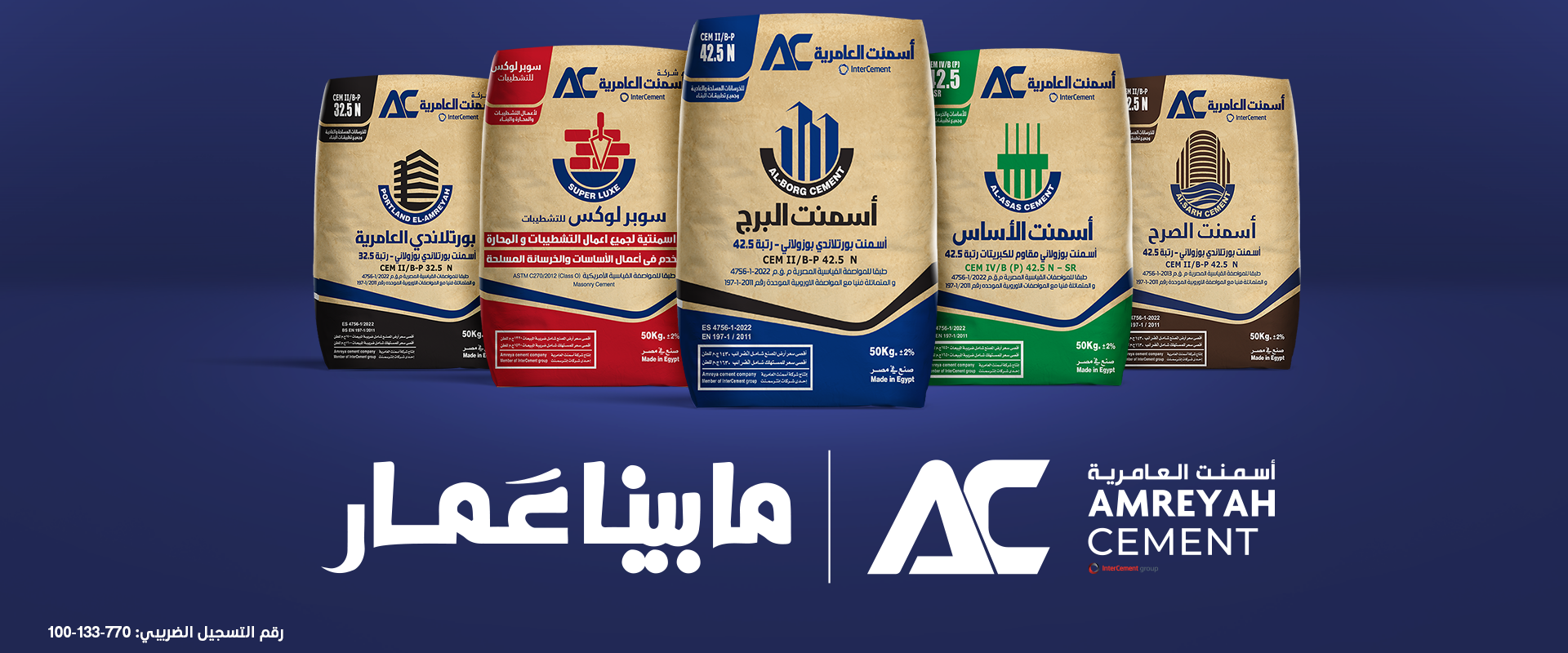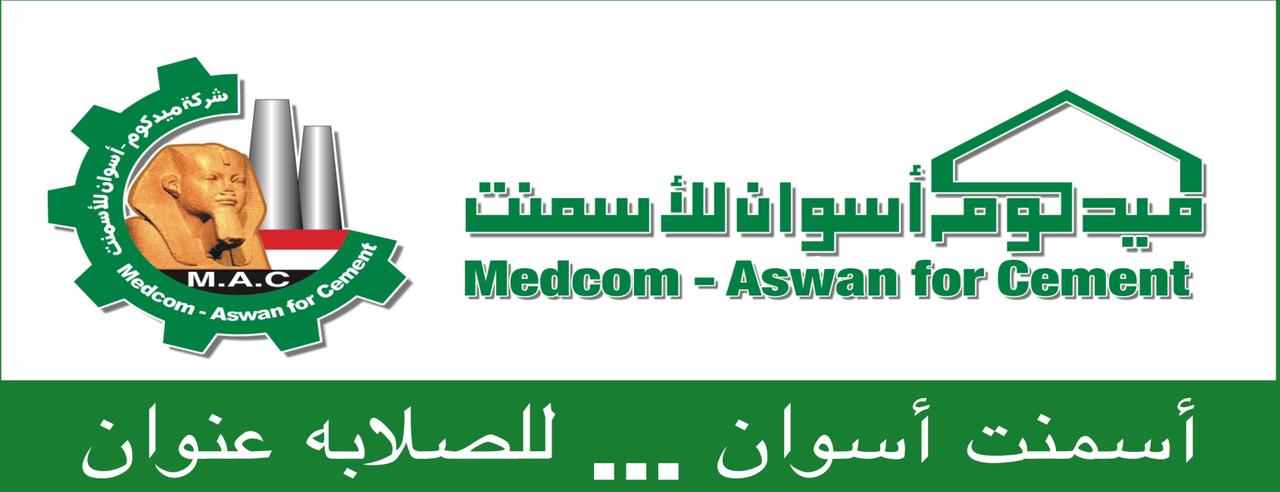Raw Materials and Manufacturing Methods:
Portland cement is manufactured by reacting lime materials and clay after mixing and grinding. They are mixed and powdered through dry or wet methods. First, the raw materials are analyzed, ground and then mixed according to a calculated proportions of any kind of cement. At last, they are pumped into a kiln to evaporate water and expel carbonic acid by burning. Reaction occurs between the substances in the kiln to form constituents called clinker which is ground with a proportion of gypsum to be fine powder.
Calculation of Raw Materials
Before mixture process, the chemical analysis of clay, limestone or any extra substance such as sand, marble, raw iron and gypsum should be known.
Preparing the Mixture
The mixture is prepared after breaking and grinding raw materials. They are broken into hammer crusher or jaw crusher. They later are ground till they reach a high fine powder in a vertical roller mill or a ball mill. They can be ground through the dry or wet methods.
Dry Method
All breaking and grinding processes are run in the dry method by grinding the raw materials till they reach the required fineness to nourish the kiln. This way is the most modern one and best economical as it saves energy.
Wet Method
It is used when the raw materials are of high humidity since the dry method requires first to dry the raw materials, which is not economical. 40 % of water is added while grinding to form dough that pumped into dough tank using pumps till it becomes cognate.
Burning
Dough or dry mixture pumped at a fixed rate into the top opening of the circular kiln whose length ranges from 30 to 150 m with a diameter ranges from 5 to 15 m.The kiln is fixed diagonally at 2.5 degree i.e. to slope down slightly to its end. It is made from steel and is coated by thermal bricks from inside. Raw materials move during circulation downward in the kiln.
The kiln is heated by kerosene or natural gas. Flame comes from the kiln below at an extremely hot temperature that it is lowered whenever we ascend or in the direction of raw material entrance. Temperature degree reaches in the high area to 1450. Upon entering the dough or the mixture, the water evaporates in area named dryer. Organic substances, carbonic dioxide, water evaporation, limestone and clay are expelled in the middle area, the calcine. After that, the kiln breaks some sulfates and carbonic dioxide expel in the lower area that name clinker. 30% of the reactivating substances turn into a liquid. Some chemical reactions occur solidly forming new substances while main substances disappear. Each kind of cement depends on those constituents or proportions of minerals.It is called a burnt substance (clinker) that is small black or grey balls.



 العربية
العربية 









